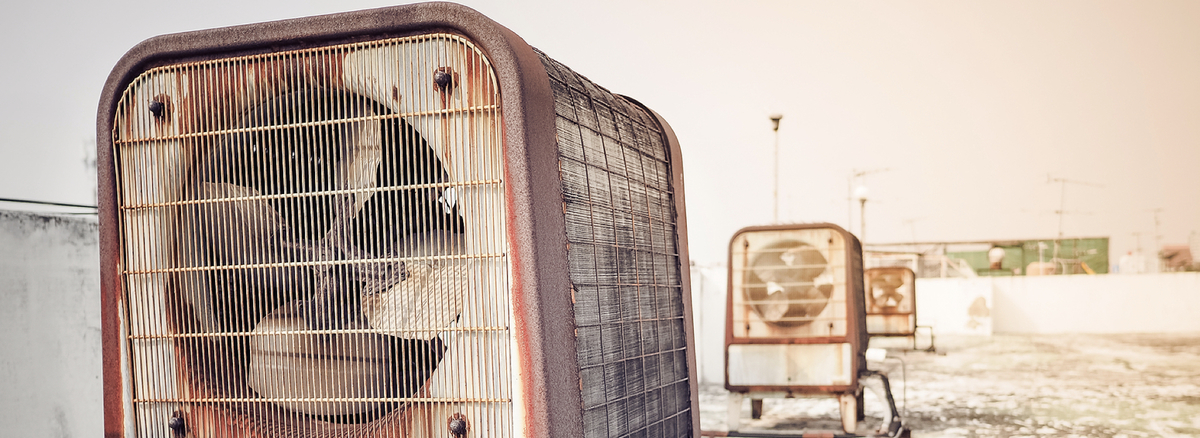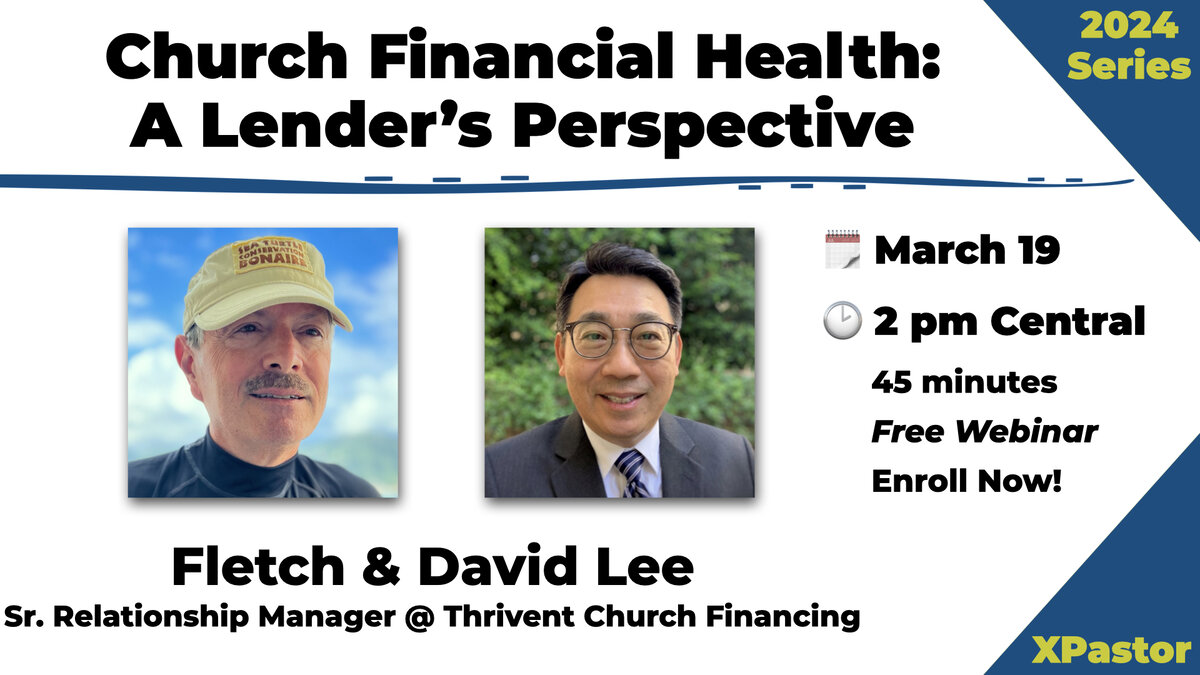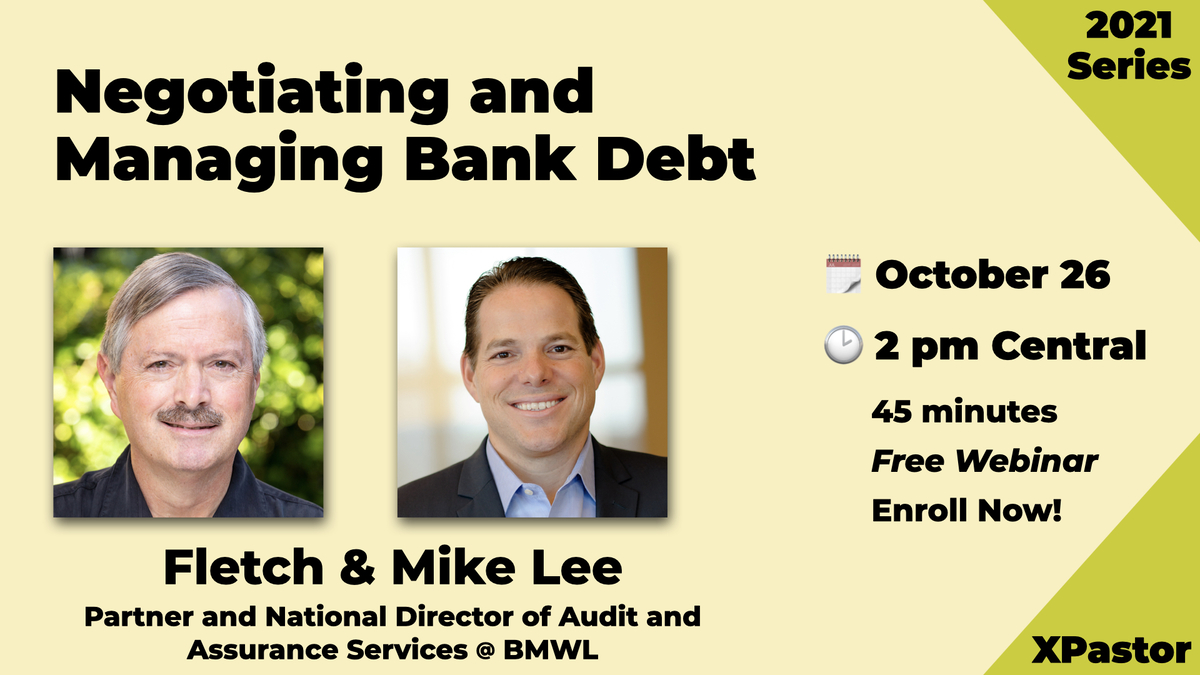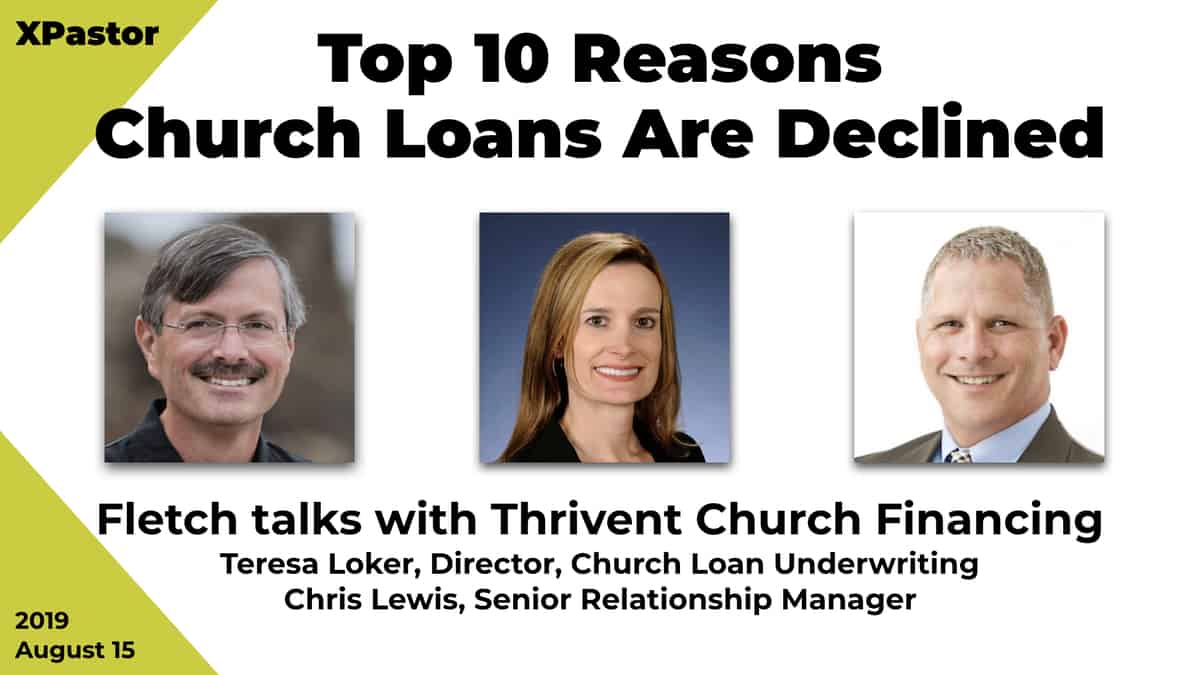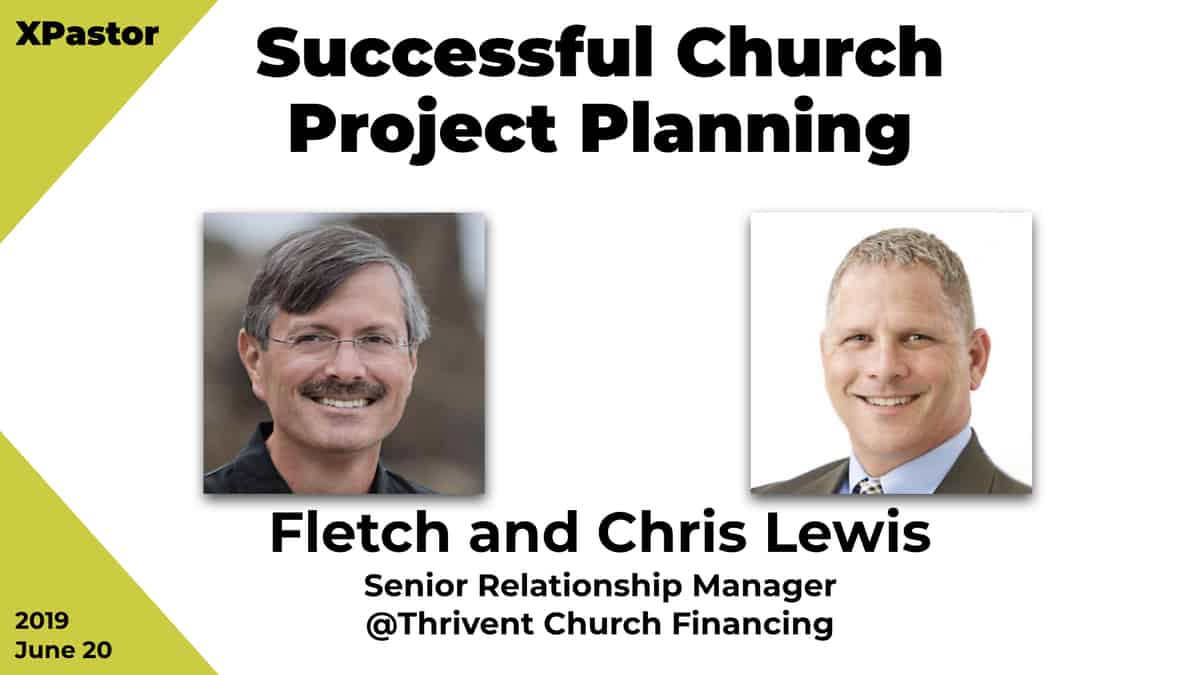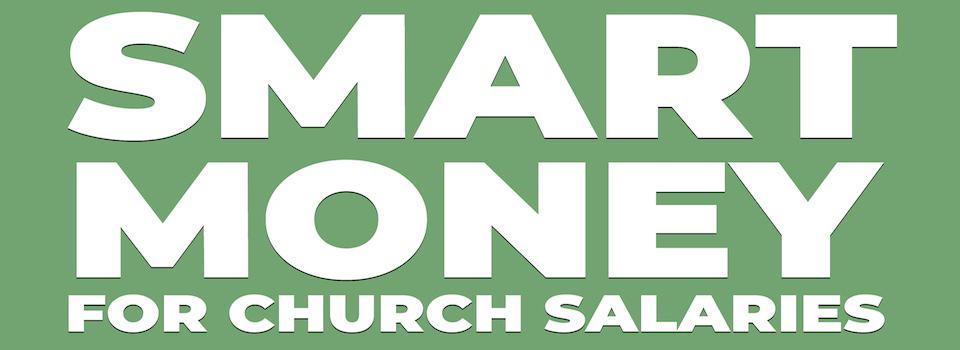The moment has come where your organization is facing significant Capital Expenditures (CapX), this might be a roof or HVAC replacement. But, you have not established an appropriate capital reserve fund. Your roof won’t survive another rainstorm, and your current HVAC unit is no match for summer heat, so what do you do?
In these types of scenarios, we usually see one of three responses:
- An immediate plea for money or a short term capital campaign
- Bandaid it and hope for the best – until it fails again
- Borrow money to cover the costs
Approach number one can be a short-term fix, but at some point, the well runs dry. Your congregation will grow weary of the constant plea for funds – funds an intentional steward should have allocated for. In short, pleading for money is a shortsighted approach to facility stewardship and life cycle planning.
The second approach, if successful, is even worse than the first, as you’re just delaying the inevitable. Short-term fixes only last so long until they cause long-term damage.
Lastly, the third is a “strategy” we see more often than not. Here’s an example scenario: You need to replace the $350,000 roof. There’s no capital reserve or adequate funds in the account. But, you cannot use the facility the way it is intended without resolving the issue. You may or may not have debt, so what is a little more, right? Well-intended church leaders may rationalize this approach, but the rationale comes with a high price, putting your ministry at risk.
Let’s take a look at an example …
The Correct Way to Plan for CapX Expenses
You have a 10-ton HVAC system that is brand new, which would equate to about $25,000. The life expectancy is 15-17 years. If we assume a 3% annual inflation for the next 17 years and you properly maintain the unit to achieve that “remaining useful life,” the projected replacement cost will be $41,321.
Therefore, to ensure you have these funds available, you need to set aside $2,431 a year for the next 17 years. This is the appropriate way to plan for CapX expenses.
Incorrect Way to PLan for CapX Expenses
The above scenario sounds good, but maybe you didn’t plan accordingly. So, instead, you did not set any money aside. About 17 years go by, and you get hit with a cost of $41,321. Frantic, you borrow that amount at a rate of 5% for ten years, generating a total cost of $52,593. Now, you have paid about 27% more than if the funds had been systematically set aside.
That’s Not All
You now have a new HVAC unit but need to plan for its inevitable replacement in 15 to 17 years. With a new value of $41,321 and continued inflation of 3% in 17 years, you will need $69,950 to replace the unit. This equates to $4,115 per year for 17 years.
However, you are making an annual loan payment of $5,259 for the first ten years of that 17 year period, which is more than you would need to allocate if you had adequately saved. Unless you can find a way to pay the loan payment of $5,259 plus the capital reserve money of $4,115, you will likely need to start saving $9,993 after the loan (during the last 7 years of remaining useful life) is paid off to have the $69,950 needed.
Conclusion: CapX Expenses Need to be Planned
Do you see the trap here? Can you see how not properly planning for these CapX expenses will rob funds you could use for ministry. You will pay 27% more in just interest in the first round of renewals. In the second renewal cycle, you will pay $122,543 for something that could have only cost you $69,950. What could your church do with that money?
If you still think you could get away without an intentional capital reserve account, I strongly urge you to reconsider. For those who need help planning, give our team a shout. We would be happy to help you plan so your ministry doesn’t pay the consequences.

